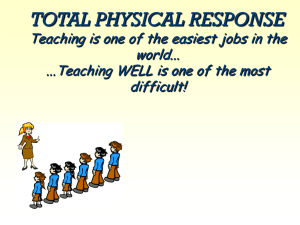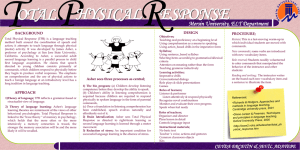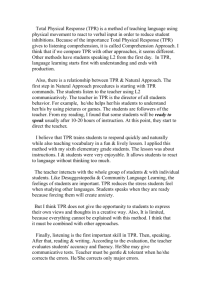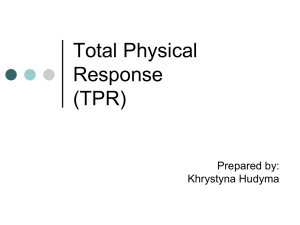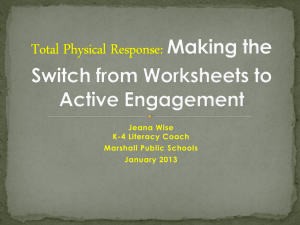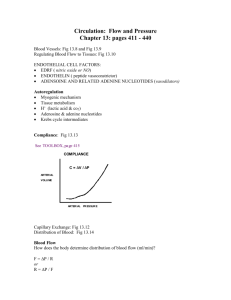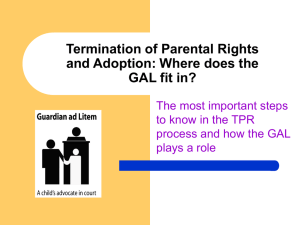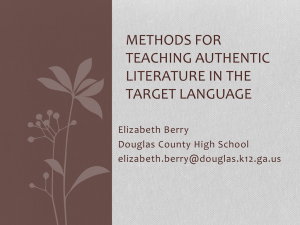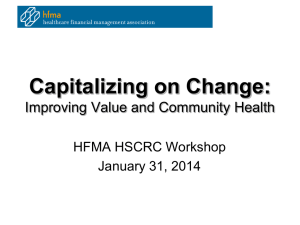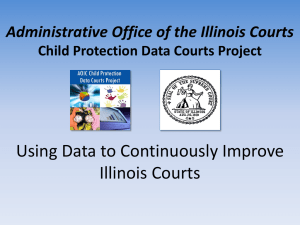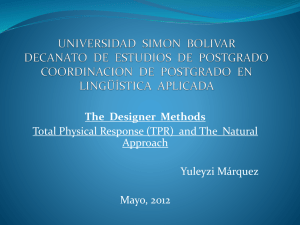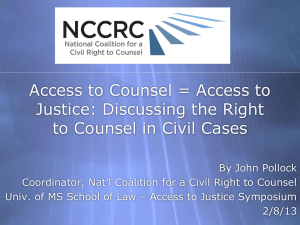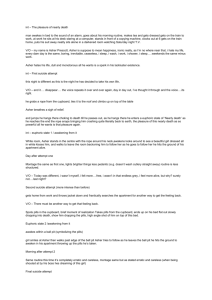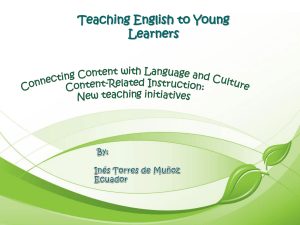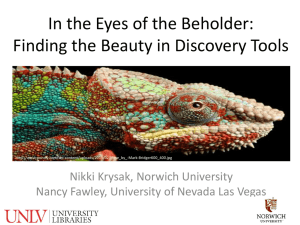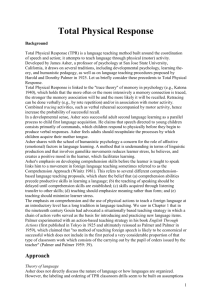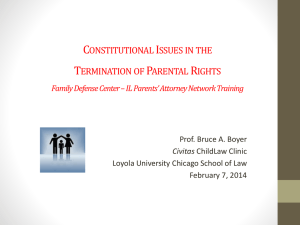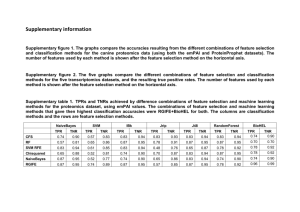Total Physical Response Teaching
advertisement
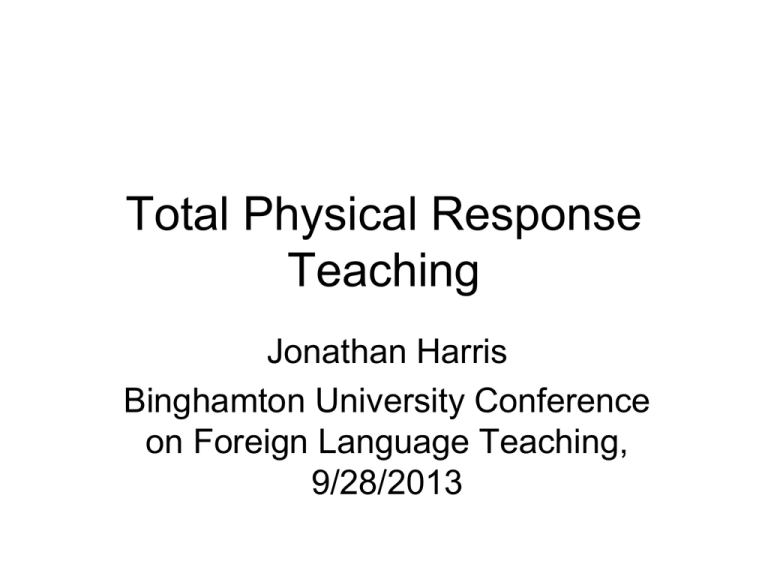
Total Physical Response Teaching Jonathan Harris Binghamton University Conference on Foreign Language Teaching, 9/28/2013 Who I am • I teach K-8 at St. Gabriel Consolidated School in Cincinnati • K-3, Students receive instruction for 30 minutes, once per week • Grades 4-8, students receive instruction for 45 minutes, once per week. • I started the Spanish program there in 2006, students in the uper grades are progressing every year. Basic Format • I will first define the method, discuss how I use it and provide examples of how I use it in my teaching. What is TPR? • According to the North Carolina Course of Study, Total Physical Response (TPR) is “A teaching approach in which students respond with physical activity to increasingly complex teacher commands (www.ncpublicschools.org).” What is Physical Activity? • Physical actions used in TPR include but are not limited to the following: pointing, gesturing, touching and pantomime. Why use TPR? • According to James Asher, the founder of the method, there are a variety of reasons. I will provide three. • My primary teaching objective is to promote long-term recall, so a teaching method that promotes that will get my attention. The reason why long-term recall is my primary objective is because learning a foreign language should be a life-long skill. Why Use TPR? • Asher finds that any manual skill such as swimming, bicycling and ice skating, et al, has long-term recall. He contrasts this with students sitting quietly, listening and repeating the teacher with does not utilize the student’s muscular response system. Why Use TPR? • The second explanation is the believability hypothesis. He stated the students are resistant “to the assimilation, storage, and retrieval of information (Asher 1993:3-17). When a student hears “Stand Up” and they have heard it several times before, they believe in the connection between the phrase and the action. Eventually, they will see (using their eyes, one of the senses) and hear (using another sense) the phrase in Spanish: Why Use TPR? • Asher’s third explanation is the right brain hypothesis. During speech, the left brain communicates while the right brain is mute (Asher 1993:3-18). Physical actions are right brain activities, and by getting both sides involved, long-term recall is more likely. Physical Limitations • Students with physical limitations do what they can do. Usually, it is raising a hand instead of standing up or whatever they can do. We have a curriculum night and an open house at the beginning of the year and most of my parents are aware that I use this method. According to Asher, every student can benefit from this method. Why I Use It? • My primary reason for using TPR is shorter-term recall. Long-term can be relative because by only having each Kindergarten, First and Second Grade class once a week, the vocabulary learned must be stored long-term enough to make it home, where the parents also receive a copy of what was studied for additional reinforcement. Why I Use TPR? • Motions can highlight the contrast between words. Students can visualize the opposite quality and the definition. • Asher’s three elements of TPR articulate my motivation for doing it. First, the fast and continual action. Second, TPR allows for surprises that pique interest. Third, students become aware that a second language is accessible, or do-able. How I Use TPR? • At an early level, such as Kindergarten through second grade, students should be first given action verbs and concrete items (Cantoni 1999:53). In my experience, that has been amended to include emotions. How I Use TPR • The first words I teach them in Kindergarten are stand up and sit down. They will do this about five times each. Every class has found this fun. • Then I will add boys and girls. So, the boys will stand, then the girls and vice versa. In just a couple of minutes, they have learned four words through actions. When do they speak? • In the beginning, I will do all the talking. This gives them time to process the words. It also allows them to hear it many times without getting bored with hearing it. • Eventually, a volunteer will be selected to “lead” the class. Other Beginning Words and Phrases • Commands. I also teach negatives, which is Spanish are different from affirmative commands. For example, jump and don’t jump (don’t jump acting ready to jump), talk and don’t talk (quiet sign), sing, dance, run are also fun beginning commands. Wuzzy the Teddy Bear • I use a teddy bear to help teach parts of the body, and places in the room. • Students point to the parts of the body. Use a dice and they have to identify that number of parts. Students are rooting for ones and I root for sixes. • Students give Wuzzy a tour. They will take him to the door, window, etc. Wuzzy Wuzzy and the dice Wuzzy and the Weather • We use Wuzzy to teach the weather. Wuzzy will do the motions, rather someone will do them for him. • Rain, fingers down • Snow, throwing (snowball) • Windy, sway arms • Cloudy, draw a cloud with fingers • Sunny, wipe forehead Places in the Room • • • • Races, two students at a time Tour, with Wuzzy Pointing Actually, that list is in reverse order. Pointing will occur first. All students will point, so the ones who don’t understand can follow along. Then, once most are pointing in the correct direction, tours and races. Assessment With TPR • Notice that a quick visual is a form of assessment. Another reason why I like this method. Parts of the Body • Dice game with the bear. • Simon says. • Point to that part of the body, arm, nose, etc. Numbers, Months • Numbers, use fingers. Many kids do this anyway. A lot of kids can count to ten in Spanish but struggle in identifying certain numbers. Use fingers and have contests. • Months: say the month and if their birthday is in that month, stand up. Say the month with your back to the class and tell them to stand up before I turn around. Commands • Two by two contests. Two students go up to the front. The first one to act out the command wins. The winner stays up there, the non-winner will select the next student and the next word. • Have four or five students go to the front of the room. Every student picks a word. I say the word. Any mistake, that student sits down, the last student wins. Creating Stories • Jackie Donnelly provides a recipe for writing a TPRS story. She suggests the following: using two or more characters, a desire to do something, problem or obstacle to overcome, three places to go, problem resolution and a healthy dose of the exaggerated or bizarre (Donnelly 2006:92). Creating Stories • All of my stories, including the example I’ll show, can be found on my website: • www.senorharris.weebly.com George the Squirrel Page 2, Squirrel Story • George eats breakfast. • George eats bacon. • George’s mother yells “Eat slowly, don’t throw up!” • George says, “I’m an animal.” Page 3 • George eats lunch. • George eats Spaghettios. • George’s Mom yells “Eat slowly, Don’t throw up!” • George says, “I’m an animal.” Page 4 • George eats dinner. • George eats hamburgers. • George’s Mom yells, “Eat slowly, don’t throw up!” • George says, “I’m an animal.” Page 5 • George is sad. • George tells his Mom, “I’m an animal. Animals eat fast.” • George’s Mom says, “You are right.” • George is happy. • George’s Mom is happy. Page 6, Squirrel Story Vocab • • • • Eat Yells Says Throw Up Further Reading • Asher, J. (1993). Language Another Language Through Actions. Los Gatos, CA: Sky Oaks Productions, Inc. • Cantoni, G. P. (1999). Using TPR-Storytelling to Develop Fluency and Literacy in Native American Languages. In: Reyhner, J. Cantoni, G. P., St. Clair, R. N. and Parsons Yazzie, E. Revitalizing Indigenous Languages. Flagstaff, AZ: Northern Arizona University. Pages 53-58. Further Reading • Donnelly, J. K. (2006). Active Strategies for Strengthening and Enhancing Your Foreign Language Program. Bureau of Education and Research: Bellevue, WA. • Harris, J. Website: www.senorharris.weebly.com
